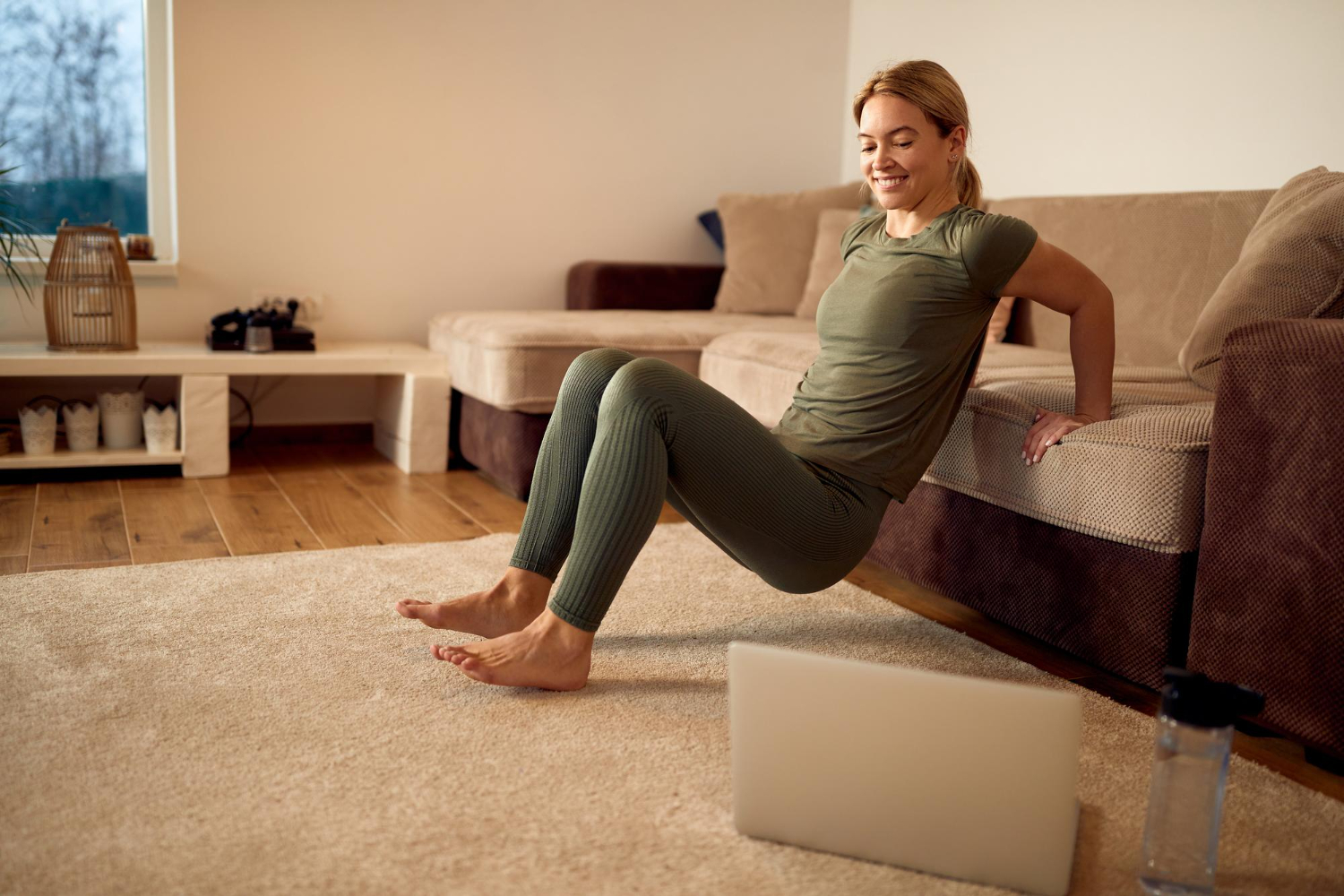Functional Fitness for Daily Life: Move Better, Live Better

When it comes to staying fit and healthy, it’s not just about how much weight you can lift or how fast you can run. One of the most valuable forms of exercise is functional fitness — training your body to handle real-life movements and tasks with ease and strength.
What Is Functional Fitness?
Functional fitness involves exercises that mimic everyday activities — lifting, bending, twisting, reaching, and squatting. Instead of isolating one muscle group at a time, functional workouts train multiple muscles to work together, just like they do in daily life.




For example, carrying groceries, getting up from a chair, climbing stairs, or playing with your kids all require a blend of strength, coordination, balance, and mobility. Functional fitness prepares your body for these kinds of movements, reducing the risk of injury and making everyday tasks easier.
Benefits of Functional Fitness
✅ Improved Daily Performance
You’ll notice that everyday activities become easier — whether it’s lifting a laundry basket or reaching for something on a high shelf.
✅ Better Balance and Stability
Functional training enhances your core strength and coordination, helping prevent falls and improving posture.
✅ Reduced Risk of Injury
By strengthening the muscles and joints used in real-life movement patterns, you protect your body from common strains and sprains.
✅ Increased Mobility and Flexibility
Functional exercises improve your range of motion, making you more agile and less stiff.
✅ Time-Efficient Workouts
Many functional fitness routines use body weight or simple equipment like dumbbells, resistance bands, or kettlebells — perfect for quick, effective home workouts.
Examples of Functional Fitness Exercises
Here are a few functional exercises you can add to your routine:

-
Squats – mimic sitting and standing, strengthen your legs and core

-
Lunges – improve balance and leg coordination

-
Planks – build core stability

-
Push-ups – enhance upper body and core strength


- Deadlifts – train the movement of picking things up safely

-
Step-ups – prepare you for stairs or hiking
Performing these exercises with proper form helps develop strength, endurance, and flexibility all at once.
Who Is Functional Fitness For?
Everyone! Whether you’re a busy parent, an athlete, a senior aiming to stay independent, or someone returning to exercise after a break — functional fitness is adaptable to all ages and fitness levels. The focus is on practical movement and injury prevention, which benefits everyone.
Final Thoughts
Functional fitness isn’t just a trend — it’s a smart and sustainable way to support your long-term health. By training your body to perform better in daily life, you’ll feel stronger, move more freely, and maintain independence as you age.
So the next time you hit the gym or work out at home, think beyond the mirror and ask yourself: Will this help me move better in real life? If the answer is yes, you’re on the right track!
